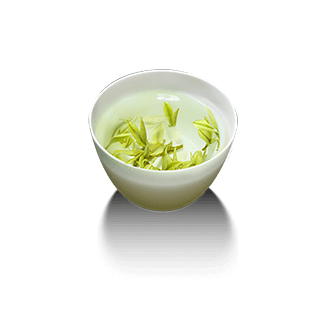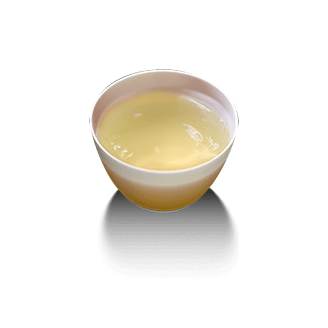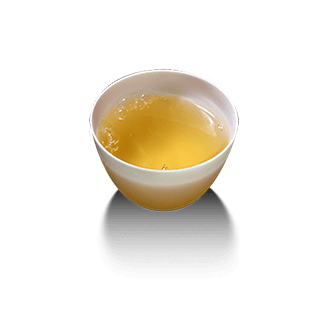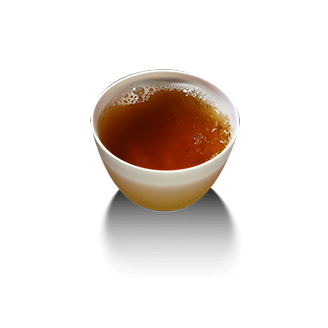
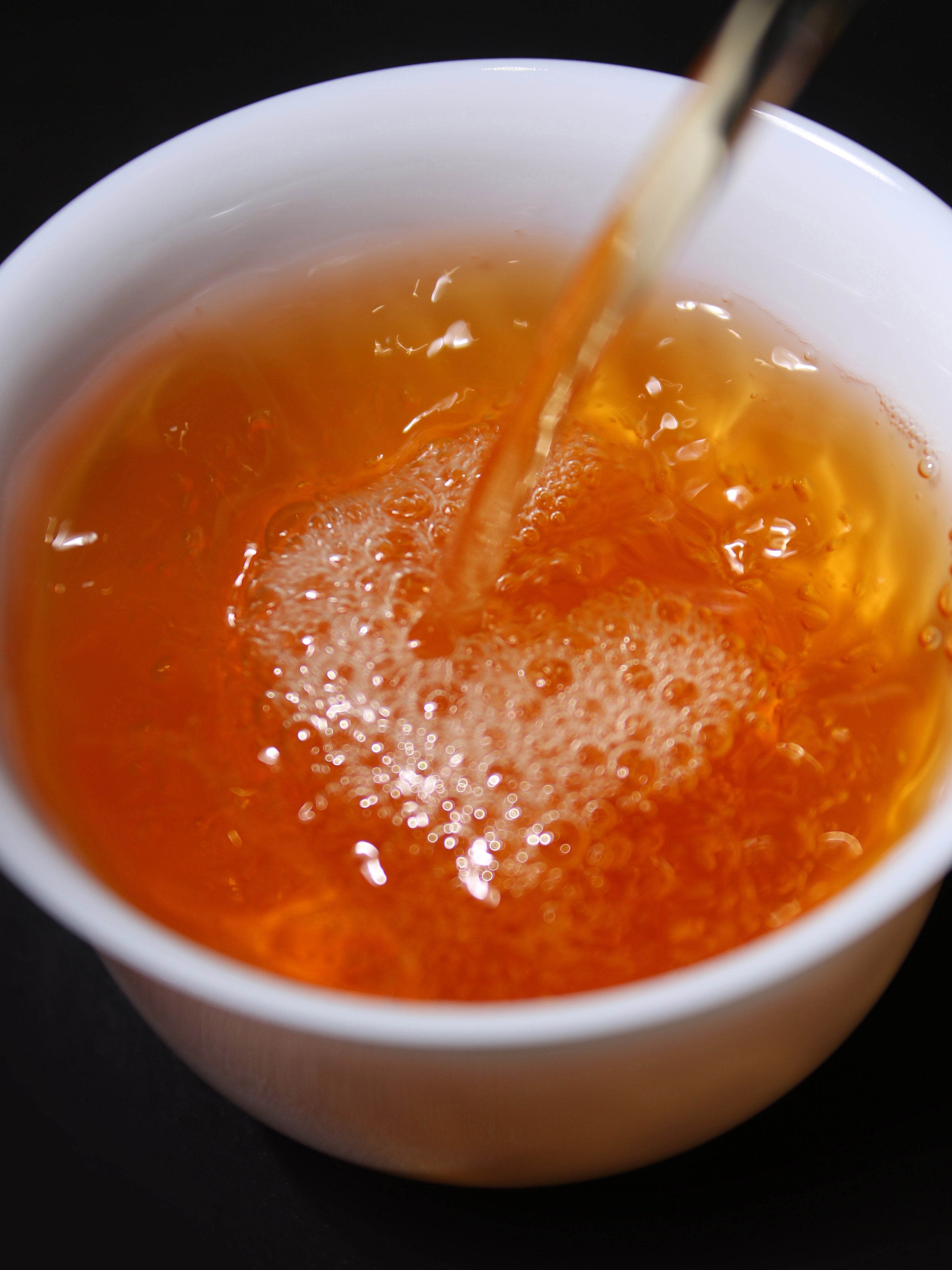

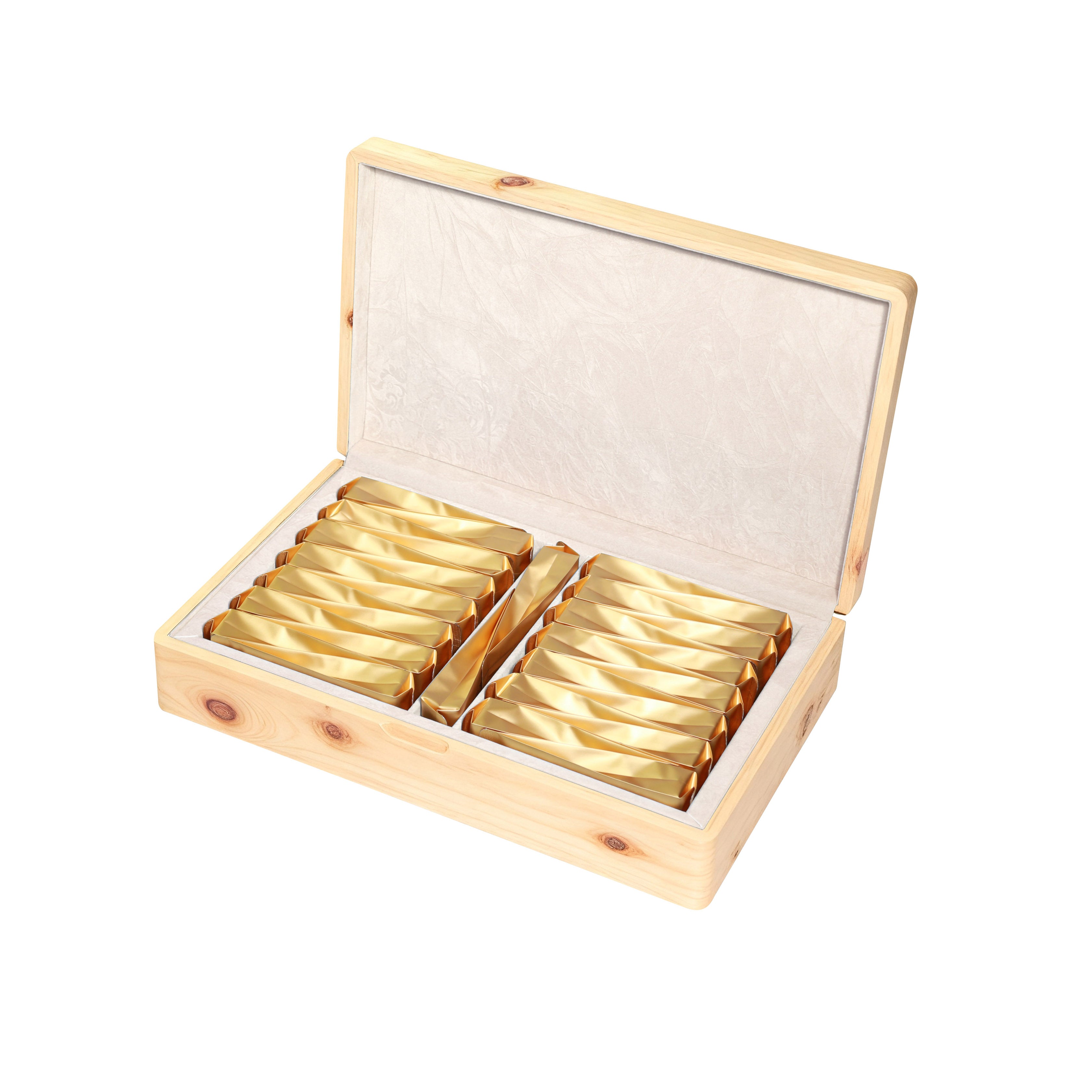
Guanyin Rock High Arbor Orchid Aroma Shuixian






Guanyin Rock High Arbor Orchid Aroma Shuixian

Mountains, Seas, and Craftsmanship spirit
Behind a Cup of Fine Tea:
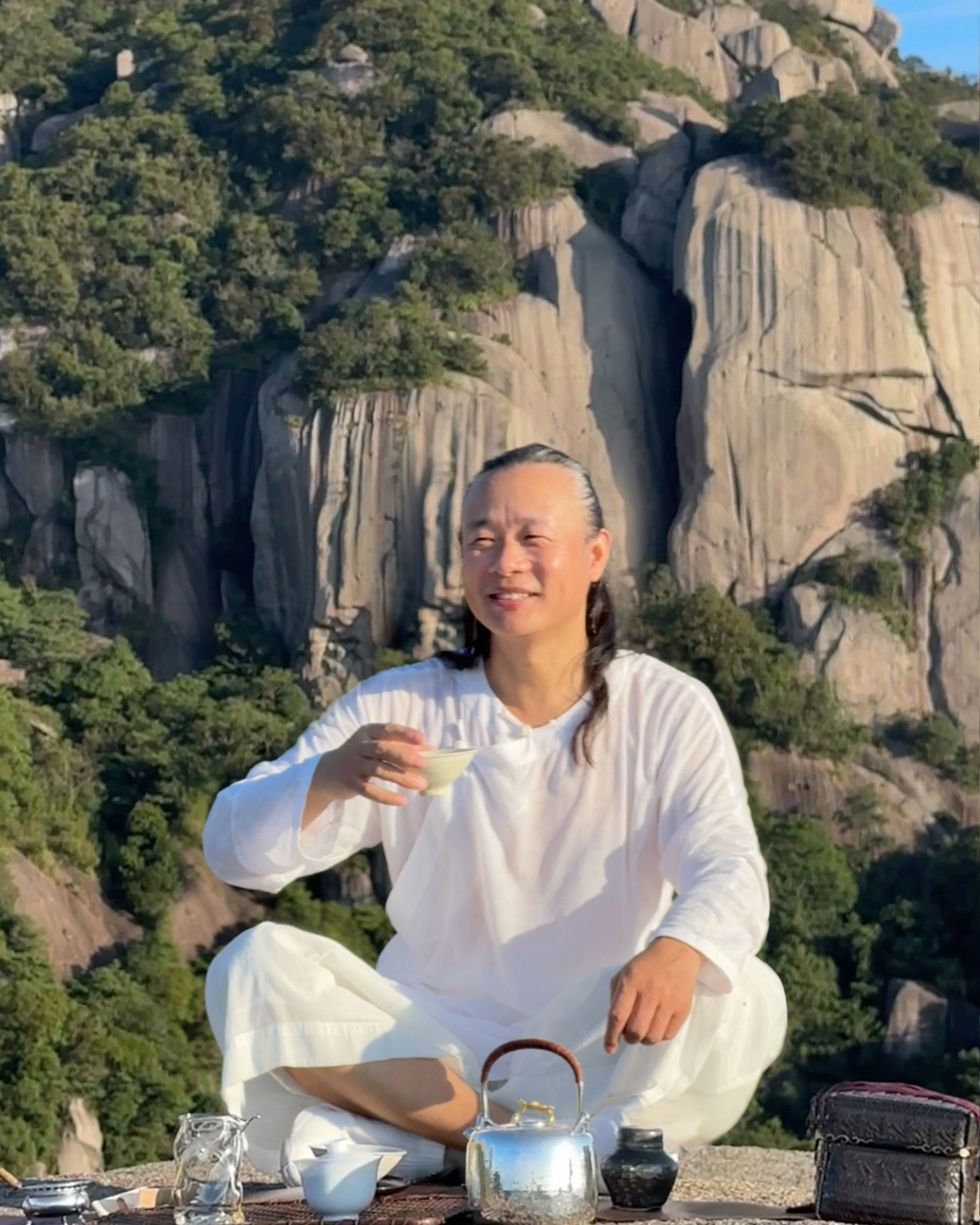
In the Renyin Year (2022), I chanced upon"Guanyin Rock High Arbor Orchid Aroma Shuixian", a truly heart-enchanting encounter. The joy I felt when I found it was just like his excitement back in 2005 upon finding Zhengyan Centenarian Fragrance Tea, show off the happiness to everyone I met, as if I had grasped the most authentic essence of Wuyi Rock Tea.
In my opinion, the ultimate and rigorous criteria for high-grade Wuyi Rock Tea are as follows: those lacking the fragrance of orchid, with aroma not integrating into the tea liquor, or without a lingering aftertaste shall not be deemed top-tier.
However, the Guanyin Rock High Arbor Orchid Aroma Shuixian boasts a rich and full-bodied aroma. What’s more, between the lips, teeth, and the bottom of the cup, it harbors a quiet and elegant charm, fully revealing the essence and integrity of Wuyi Rock Tea.
The so-called "integrity" lies in the essence of "rock bone and floral fragrance": the tea liquor embodies the calmness of authentic Zhengyan tea and ripples with the freshness and moistness of fruits and flowers.
However, the ultimate taste must bear extraordinary efforts. Its production area must be selected from the core of authentic Zhengyan, where soil, altitude, and microclimate are indispensable. The manufacturing method must follow the ancient "low-fire slow roasting" technique, with gentle fire simmering for dozens of days and nights. A slight mistake in the fire temperature will dissipate all the charm gained through countless hardships. Thus, the costs of raw materials and craftsmanship are doubled accordingly.
What is even more difficult lies in preservation. The finished tea is delicate and requires storage in a constant temperature and humidity environment, with strict precautions against foreign odors. A slight negligence will render all previous efforts futile. Moreover, such low-roasted teas are not made for aging. If not tasted at the right time, the substantial investment will instead become a burden. Therefore, there have always been very few people in the world who are willing and skilled in this craft.
Yet who stands alone guarding these scattered stars?
Their hardships lie hidden amidst the curling smoke of daily toil. Over a decade and 100,000 li along the intangible cultural heritage path, we sought tea—not for travel, but to traverse mountains and seas, touching the hardships of tea makers amid the smoke of their lives.
To find fine tea, we climbed Wuyi Mountain at 3 a.m., ventured into valleys at 4 a.m., braved the sweltering heat of Brown Mountain’s deep forests in summer, and filmed tea trees bowed under snow on Taimu Mountain in winter.
We watched Che Jie, the Tea King, stir-fry tea shirtless until midnight, then bent to pick tea at dawn with his back curved like a bow.
We witnessed Yan Jielong, an intangible cultural heritage inheritor, spend three and a half hours stir-frying and rolling just one catty of tea—embodying the principle “Slow stir-frying and gentle roasting follow an orderly process.”
Even the tea-picking girls race against time, pinching Biluochun buds in the morning dew. Any delay means missing the peak freshness, truly echoing the saying: “Since then the 'Little Niangyu' suffered, One pound of 108,000 buds”
A decade is neither long nor short. Some of the elderly tea masters who laughed and chatted in our camera have passed away, and close friends who once delved into the craftsmanship with us have gradually faded from this industry. Every time I think about it, a bitter taste lingers in my throat.
We are but a drop in the river of tea history. Yet those who stand alone guarding the tea stoves are like stars scattered across the galaxy—stubbornly kindling faint glimmers amid loneliness and hardship. It is these gentle lights that safeguard the true soul of a fine cup of tea, and grant the world’s fleeting "rock bone and floral fragrance" a traceable origin and tangible warmth.
Guanyin Rock High Arbor Orchid Aroma Shuixian
Appreciation
"High Arbor" refers to 50-year-old High-Arbor tea trees, with a light woody aroma and a pronounced freshness. "Orchid" is the core aroma tone.
Year : 2025
Grade : Premium Grade
Producer : Dayatang
Origin : Core area of Zhengyan, Wuyi Mountain
Variety : Shuixian, a traditional variety of Wuyi rock tea
I. Dry Tea Appreciation
II.Aroma Tracing "Orchid"
1. Dry Aroma & Cold Sniff Aroma
2. Tea Liquor Aroma
Initial Mouth Aroma: As soon as the tea liquor touches the mouth, the orchid fragrance spreads from the tongue to the nasal cavity (with distinct "retro-nasal aroma"), integrating fragrance with the liquor—rich and prominent.
Throat Aroma: After swallowing, the lingering orchid notes remain in the throat (persisting for about 20-30 seconds). There is no dryness from residual roasting; instead, it feels warm and moist (the softening effect of low-fire slow roasting).
Cup Bottom Aroma: After finishing the tea, the residual aroma at the bottom of the cup is dominated by orchid fragrance, free of burnt or off-odors, with a clean aftertaste. Aroma retention is a key indicator of top-tier tea.
III. Taste
1. Initial Mouthfeel
2. Taste Layers
Mid-Palate Fusion: A subtle mineral note gradually emerges under the tongue (the "rock core"—i.e., rocky rhythm—of Guanyin Rock). It does not overshadow the orchid fragrance, blending naturally with it. Meanwhile, a fresh, crisp sweetness spreads across the tongue—this is the inherent sweetness of High-Clump Shuixian, not from artificial sugar, and the sweetness is clean and non-cloying.
Sweet Aftertaste & Salivation: 10-15 seconds after swallowing, the tongue begins to experience a sweet aftertaste, with salivation starting on both cheeks. The salivation speed is moderately fast, reflecting the freshness of High-Clump tea. There is no astringent "throat-clenching" sensation; instead, it offers a "throat-moistening" effect (the softening impact of low-fire roasting on the taste).
Taste After Multiple Infusions: Even after the 6th to 7th infusion (a benefit of the top-tier High-Arbor’s age), the orchid fragrance fades slightly, but the sweetness becomes more prominent. There is no appearance of off-odors, and the taste declines naturally.
IV. Infused Leaves
Color: Evenly mixed green and brown, with slightly browned leaf edges.
Texture: Thick, plump leaves with good toughness.
Integrity: No broken pieces or burnt edges; leaf veins are clearly raised.
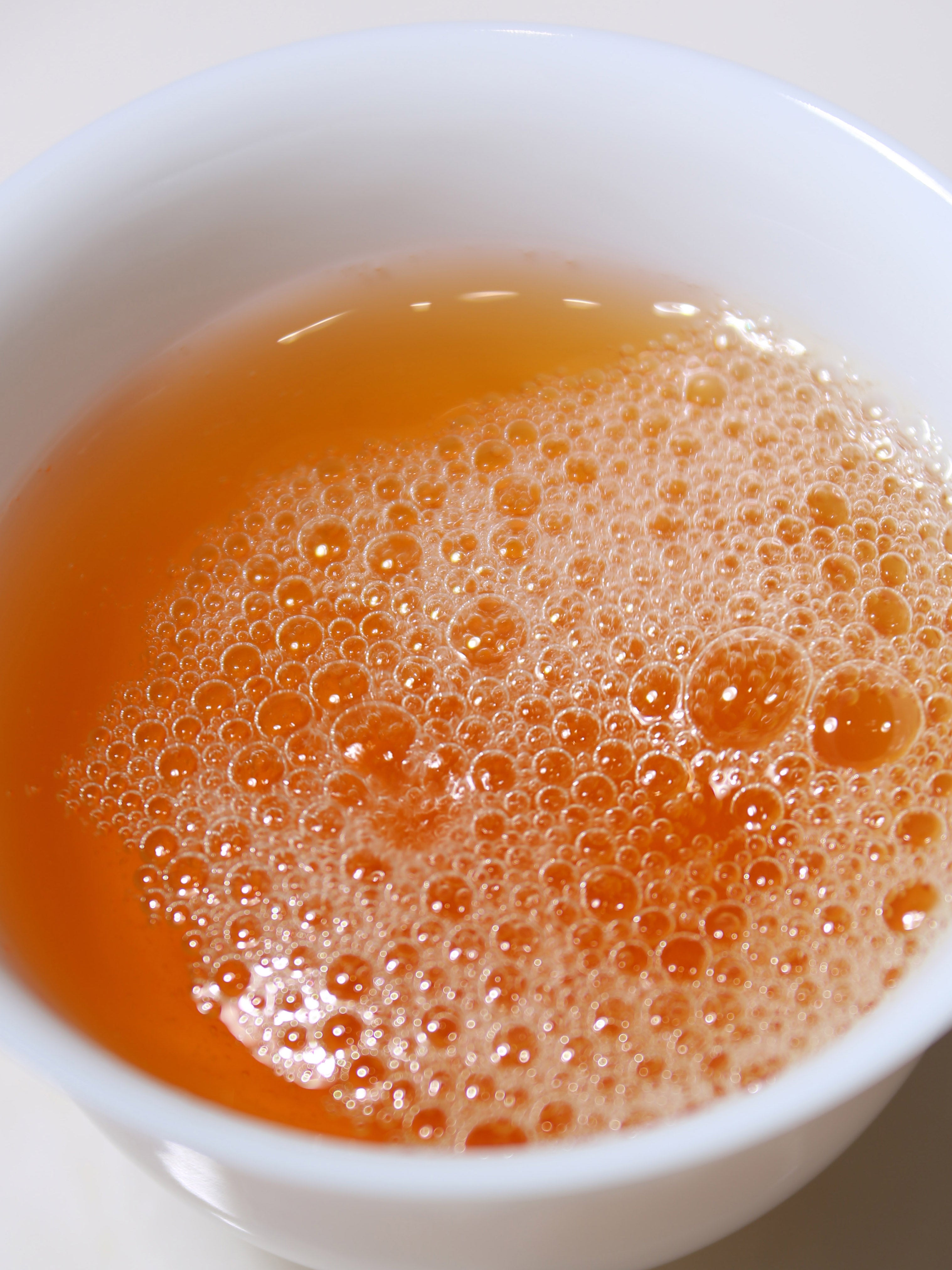
Tea liquor is orange-red and translucent, with a golden rim that highlights its superior quality.
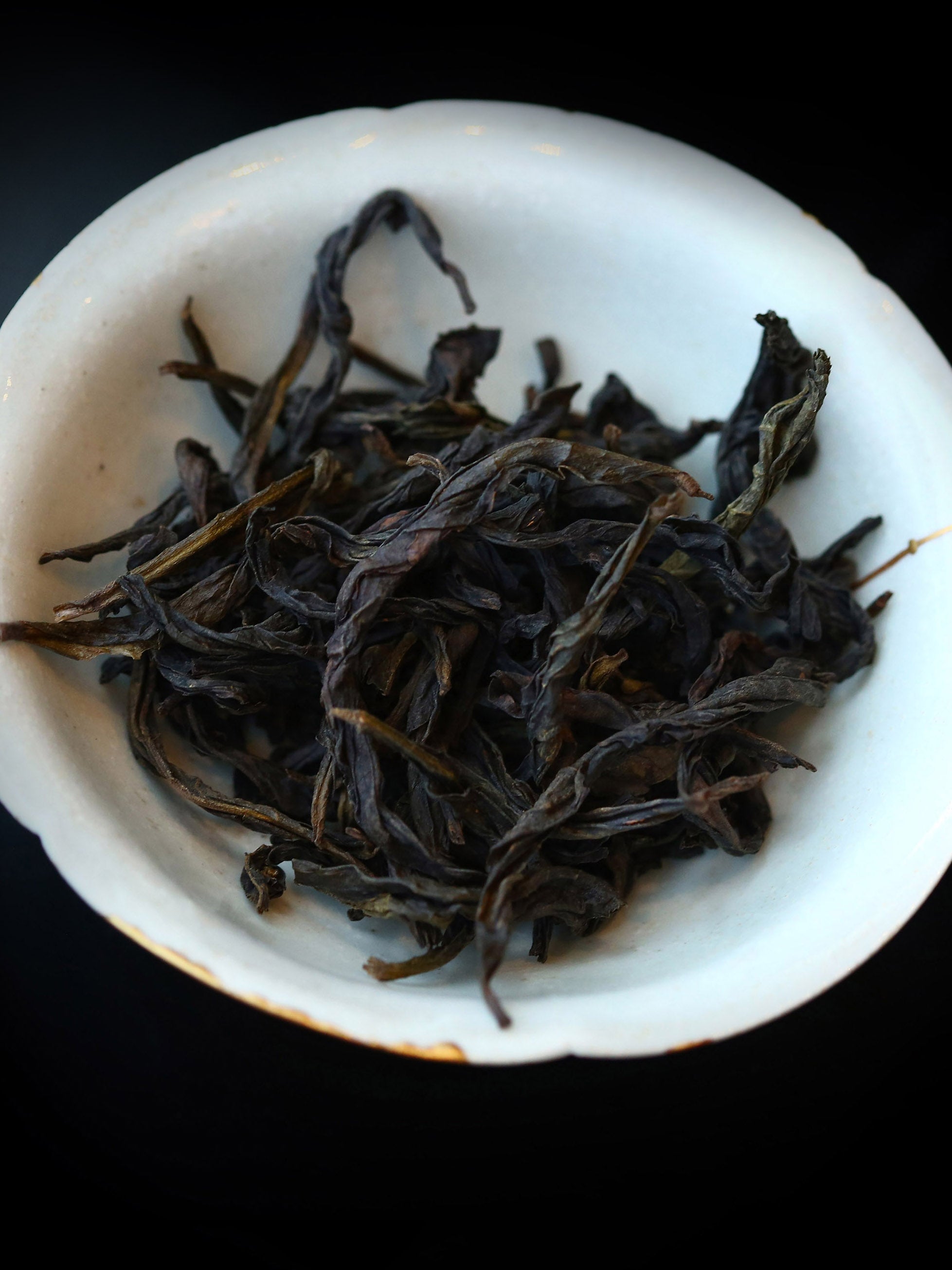
The tea leaves are plump, tight-knit, and naturally curled, with no crumbs. They appear glossy black tinged with brownish green, free of burnt edges.
Dayatang Guanyin Rock High Arbor Orchid Aroma Shuixian
brewing
Dayatang Guanyin Rock High Arbor Orchid Aroma Shuixian
brewing
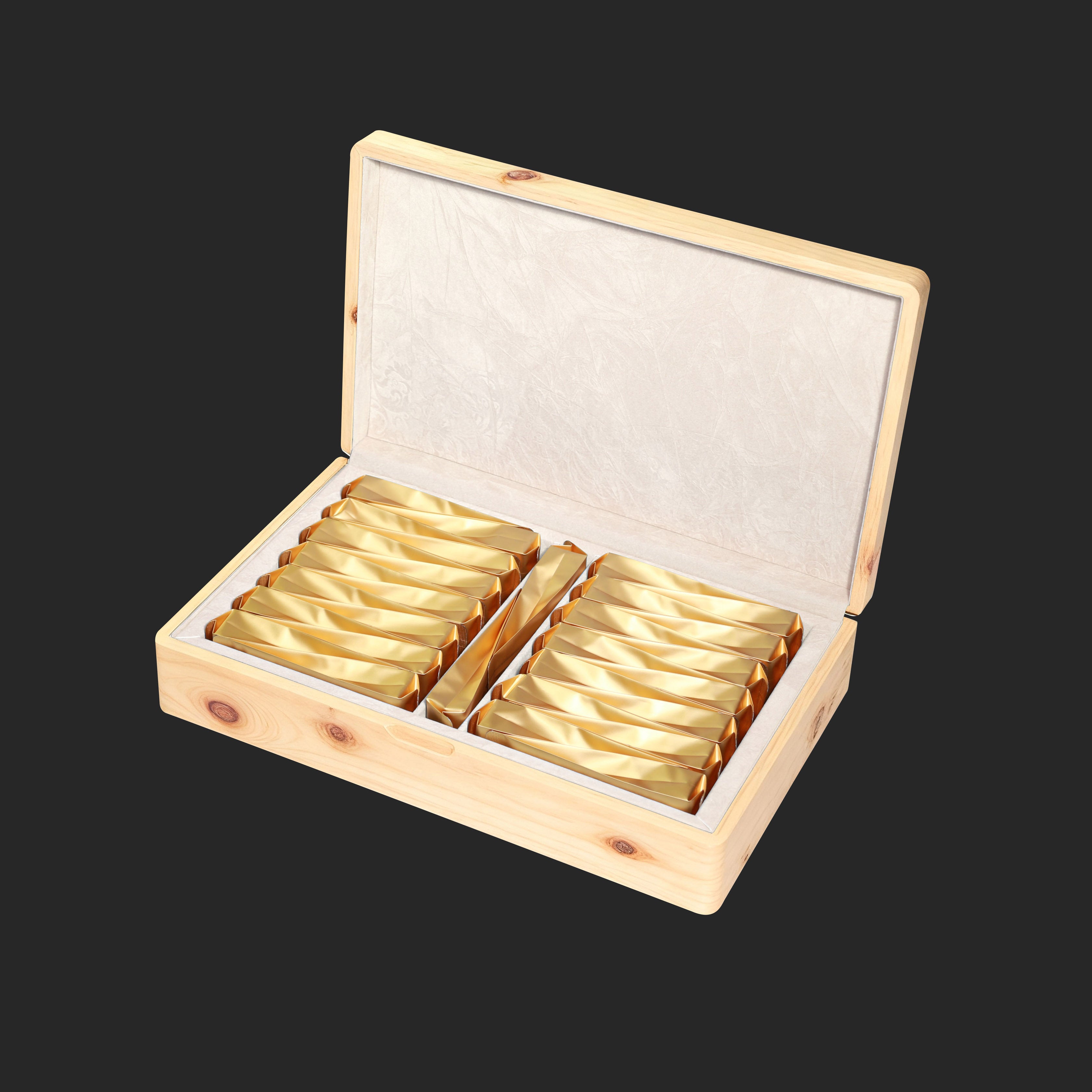
Pouch packaging: Blocks oxygen, light, moisture. Preserves original aroma, nutrients. Longer shelf life.
Guanyin Rock High Arbor Orchid Aroma Shuixian
Storage Guide

Stable, dry, light-proof and odor-free






